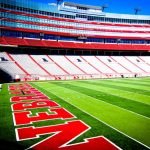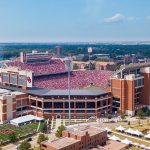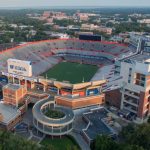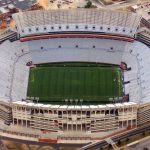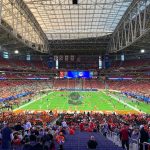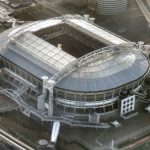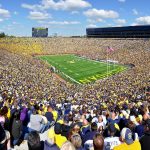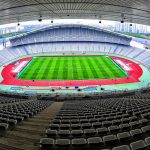One of the most amazing stadiums in the United States can be found on the campus of Texas University. It’s one of the largest stadiums in the country and has a history that goes back to the 1920s.
In this article, you’ll discover some of the most interesting facts about the Darrell K Royal-Texas Memorial Stadium, one of the most amazing and largest sports venues in the world.
1. It’s located in the heart of the city of Austin, Texas
The Darrell K Royal-Texas Memorial Stadium is located on the campus of the University of Texas in the heart of Auston, the capital of the U.S. state. It’s the home venue of the Texas Longhorns football team.
They compete in the NCAA Division I Football Bowl Subdivision as a member of the Big 12 Conference, a college athletic conference that is headquartered in Irving, Texas.
The stadium in Texas looks pretty impressive due to its location near downtown Austin and in the vicinity of the most famous landmarks in the city. If you look closely you can see the dome of the Texas Capitol popping out less than a mile away.
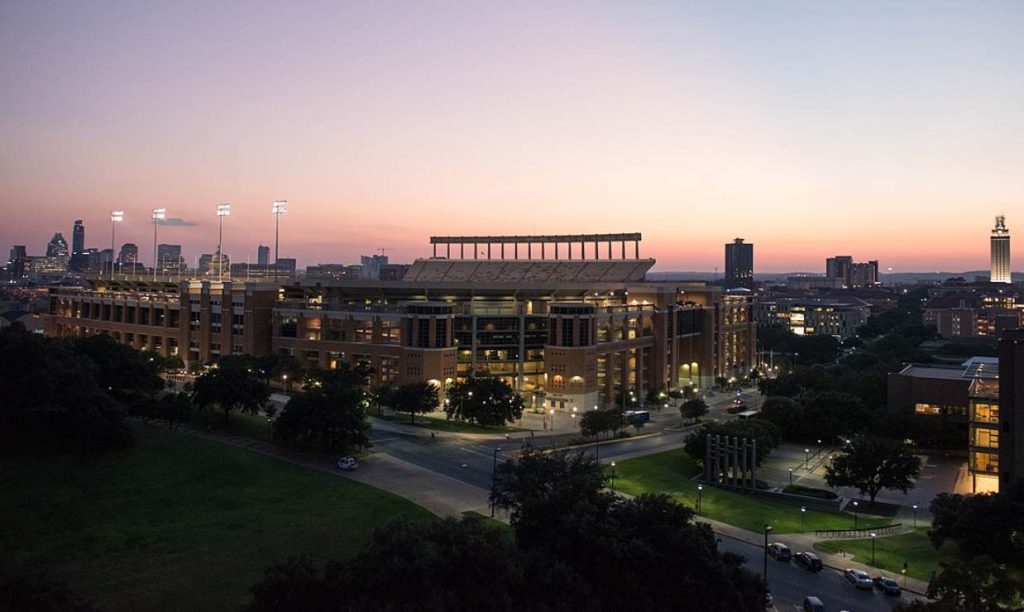
2. It replaced a stadium that was the Longhorns home venue since 1893
Before the amazing new venue of the Longhorns was constructed, another stadium served as the home venue of the football team. After all, the longhorns played their first season in the year 1893.
There has been a stadium on the campus of the University of Texas since 1887 and this was the first venue of the football team. Clark Field was named in honor of the former director of the university, a man named James Benjamin Clark.
This was a relatively small stadium and only featured wooden bleachers. The maximum capacity of this stadium was 20,000 spectators and was deemed insufficient at the beginning of the 1920s.

3. The stadium was rather humble when it opened its doors in the 1920s
The 1920s was a decade referred to as the “Roaring Twenties” and this resulted in a large number of stadiums being built all across the country. Some of the most famous stadiums in the US such as the Rose Bowl and Michigan Stadium date back to this period in history.
The idea to build a new concrete stadium, which eventually became the Darrell K Royal-Texas Memorial Stadium, came about in 1923. A former University of Texas athletics director named L. Theo Bellmont came up with the idea and a stadium was built just a year later.
Although it was advertised as the “largest sports facility of its kind in the Southwest” upon completion, it only seated 27,000 spectators and merely comprised the lowest tiers of the east and west zones of the modern-day stadium.
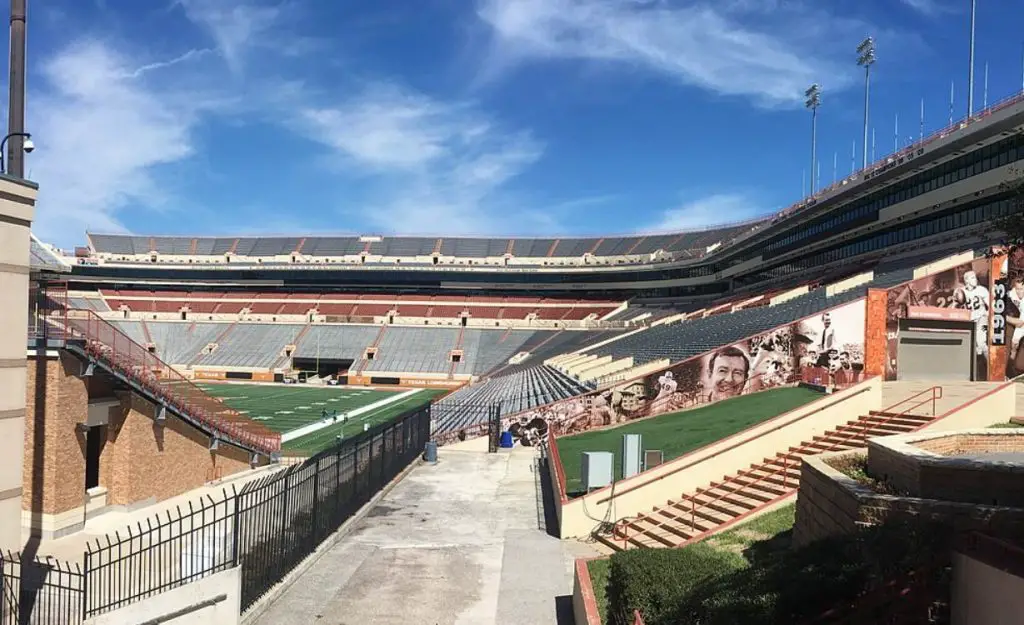
4. It was dedicated to both War Veterans and a legendary football coach
The stadium was dedicated to the Texas War Veterans who were involved in World War I. This includes 198,520 Texans of whom 5,280 passed away in combat. This also means that the stadium was formerly known as the War Memorial Stadium, Memorial Stadium, and Texas Memorial Stadium.
The current name of the stadium was given in 1996. It was named after Darrell Royal (1924-2012), a legendary coach who won 3 national championships and 11 Southwest Conference titles with the Longhorns.
Royal worked at Texas between 1957 and 1976 and won the national championships in 1963, 1969, and 1970.
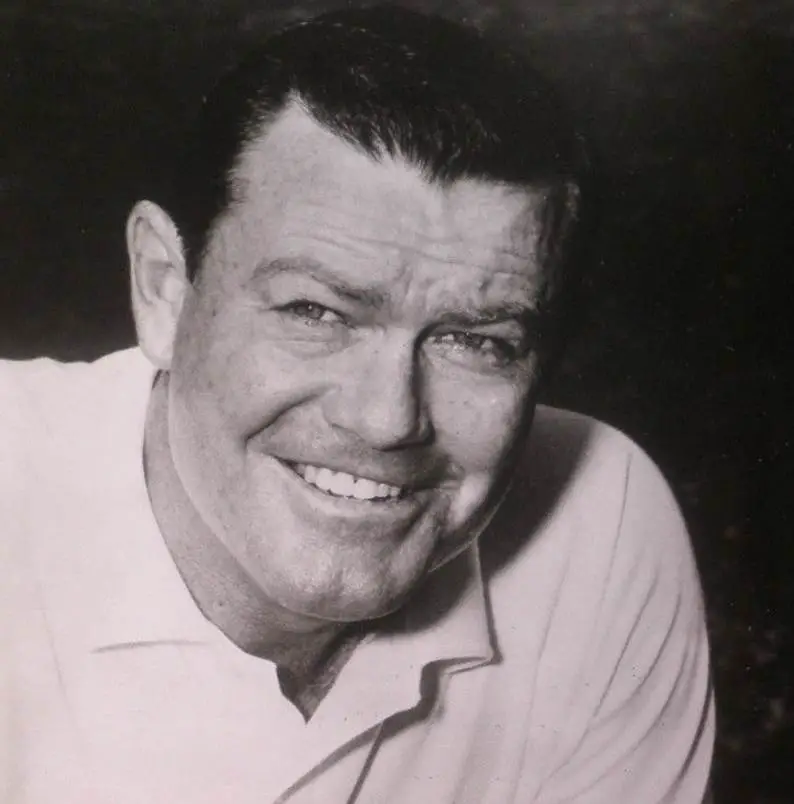
5. It seats over 100,000 spectators after 2 massive upgrades
The original construction cost of the 27,000-seat stadium was $275,000, mostly from donations. While this might not seem like a lot, calculated with inflation in mind that’s nearly $4.2 million today.
The stadium has been upgraded several times and can now seat a total of 100,119 people, an astounding figure. The first upgrade turned the stadium into a distinctive horseshoe design and happened in 1926, just 2 years after the stadium was completed.
Both the North End and the South End zones have been expanded several times, projects that cost $149.9 million and $200 million respectively. The North End zone project was completed between 2007 and 2008 and also featured a new Memorial Plaza.
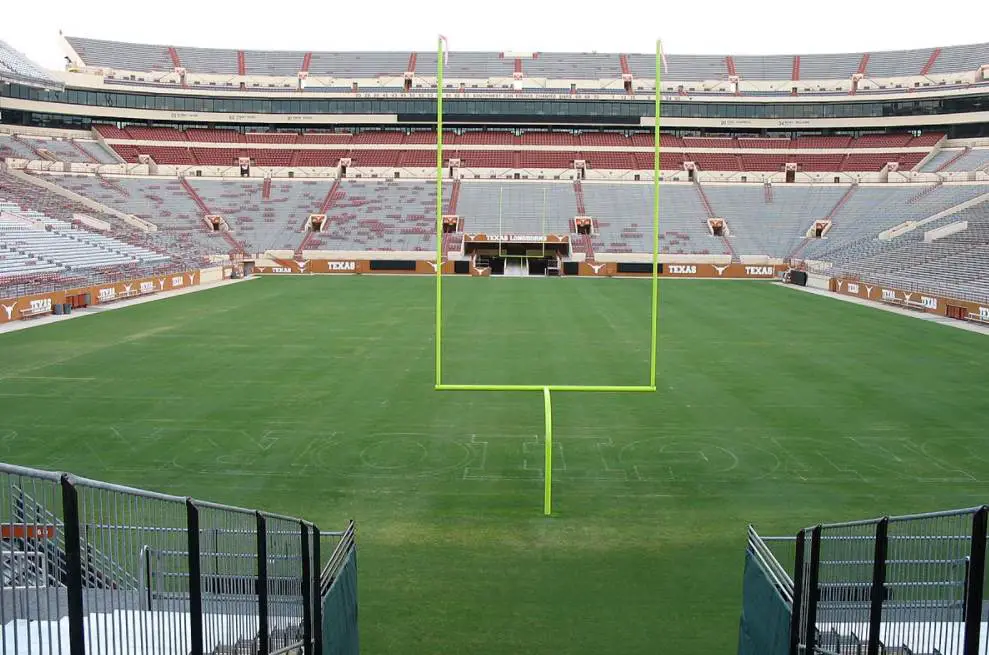
More interesting facts about the Darrell K Royal-Texas Memorial Stadium
6. The first major renovation project of the stadium happened shortly after the conclusion of World War II; This project cost $1.4 million and was completed in the year 1948.
The east and west stands were heightened with 26 rows and a new stand was built in the south end. This project raised the capacity of the stadium to a respectable 60,136 seats.
7. One of the most spectacular additions to the stadium happened in the year 2006. This was when the so-called “Godzillatron was added to the south end zone of the stadium, a massive scoreboard that was part of an $8 million upgrade.
This scoreboard covers an area of 685 square meters (7,370 square feet) and has dimensions of 17 x 41 meters (55 x 134 feet). It briefly held the record of being the largest HD video screen in the world but was quickly surpassed by a screen in Tokyo.
Where else with a name like Godzillatron, right?
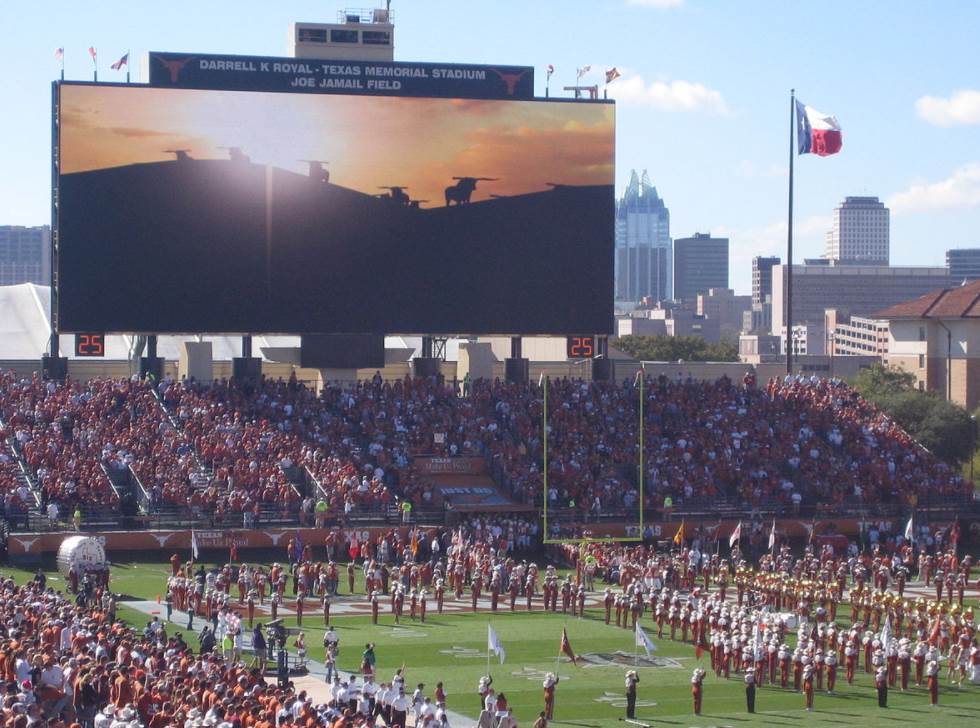
8. Not everybody was happy with the installation of this immense scoreboard, but that’s not because it was too big. The reason was that over 50% of the screen was used to display ads, something that resulted in it being nicknamed the “Adzillatron.”
9. The current seating capacity of 100,119 was reached after a $27 million expansion and renovation project was completed in 2009. This project also included a new Hall of Fame and replaced the outdated temporary seats in the south end zone into 4,525 permanent bleacher seats.
The North End Zone was completely transformed in 2013 as well when a $62 million project was completed.
10. The west side of the stadium was named in honor of the man who initiated its construction in 1923, L. Theo Bellmont.
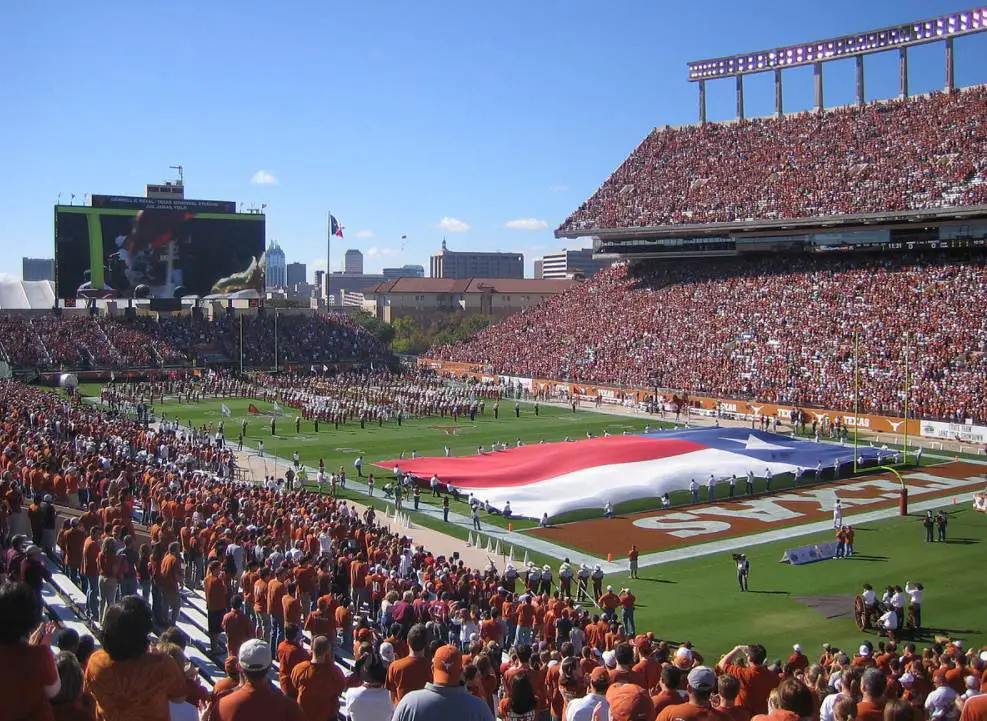
11. The record attendance of the stadium was set on September 15, 2018, during a game between Texas and the University of Southern California. An astounding number of 103,507 spectators witnessed Texax win 37-14.
12. The renovation and expansion phases of the Darrell K Royal-Texas Memorial Stadium aren’t finished yet. The university announced a new $175 million project to completely transform the south end zone (yes, here Godzillatron is located).
This would complete the decades-long dream of the university to have a fully enclosed stadium, a dream that is coming very close to being fulfilled right now.


